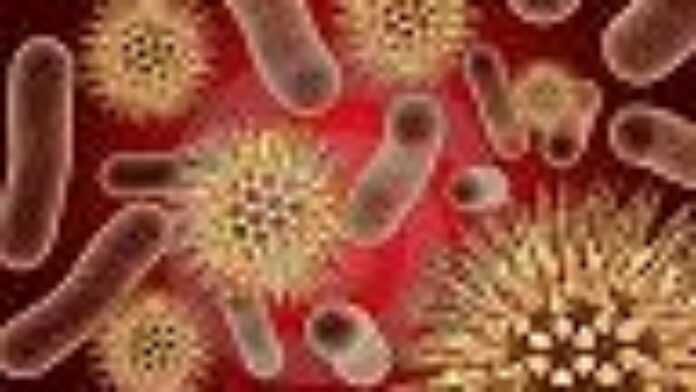
The southern African nation of Zimbabwe’s health infrastructure has come under the spotlight after a new outbreak of the deadly influenza H1N1, commonly known as swine flu, was detected in all 10 administrative provinces.
At the remote southern district of Tsholotso, Zimbabwe, about 70 kms away from Maitengwe, Botswana, 300 cases involving mostly school children have been reported. And of the seven preliminary tests done to date, two people have tested positive.
Dr Portia Manangazira of the Epidemiology and Disease Control Unit in the Ministry of Health and Child Welfare of Zimbabwe, Saturday October 16 said the flu bug might be a combination of H1N1 (swine flu) and H3N2 (common cold flu).
“There is a spread of a combination of H1N1 and H3N2 countrywide but cases of common cold flu are usually reported between May and September,” said Dr Manangazira.
It takes one to two days for the symptoms to appear and the flu lasts one to two weeks.
“We do not have laboratory samples and we base our surveys on signs and symptoms to give medication. We are still using the same drug oseltamivir, which treats both swine and cold flu to treat this bug,” she said.
The symptoms of the flu bug are runny nose, sneezing, sore throat which may lead to loss of voice, reddening of the eyes, general body ache, loss of appetite and headaches.
The outbreak has raised concerns as Zimbabwe’s public health system slowly recovers from almost a decade of neglect following a collapse of the the country’s economy.
The District Administrator for Tsholotsho District, Themba Mayo, who is also the chairperson of the District Civil Protection Unit, said the suspected cases have been recorded in eight wards in the district.
“We have recorded about 300 cases of the suspected virus in about eight wards so far. Most of the cases are schoolchildren. So far the hospital has carried out tests on seven of these and the preliminary findings point towards a possible outbreak of the H1N1 influenza virus as two have so far come out positive,” said Mr Moyo.
By midday Saturday, several Non-governmental organizations including Plan International and Medecins Sans Frontiers had dispatched teams of health workers to the affected areas.
According to the US Centers for Disease Control and Prevention (CDC), in humans the symptoms of the 2009 H1N1 virus are similar to those of influenza and of influenza-like illness in general.
Last year, the country was on high alert following a few recorded cases of people who had contracted the virus outside Zimbabwe.
The first case was of an unidentified man who flew into the country from London, and the second of a schoolboy who had gone to South Africa for a sports tournament.

